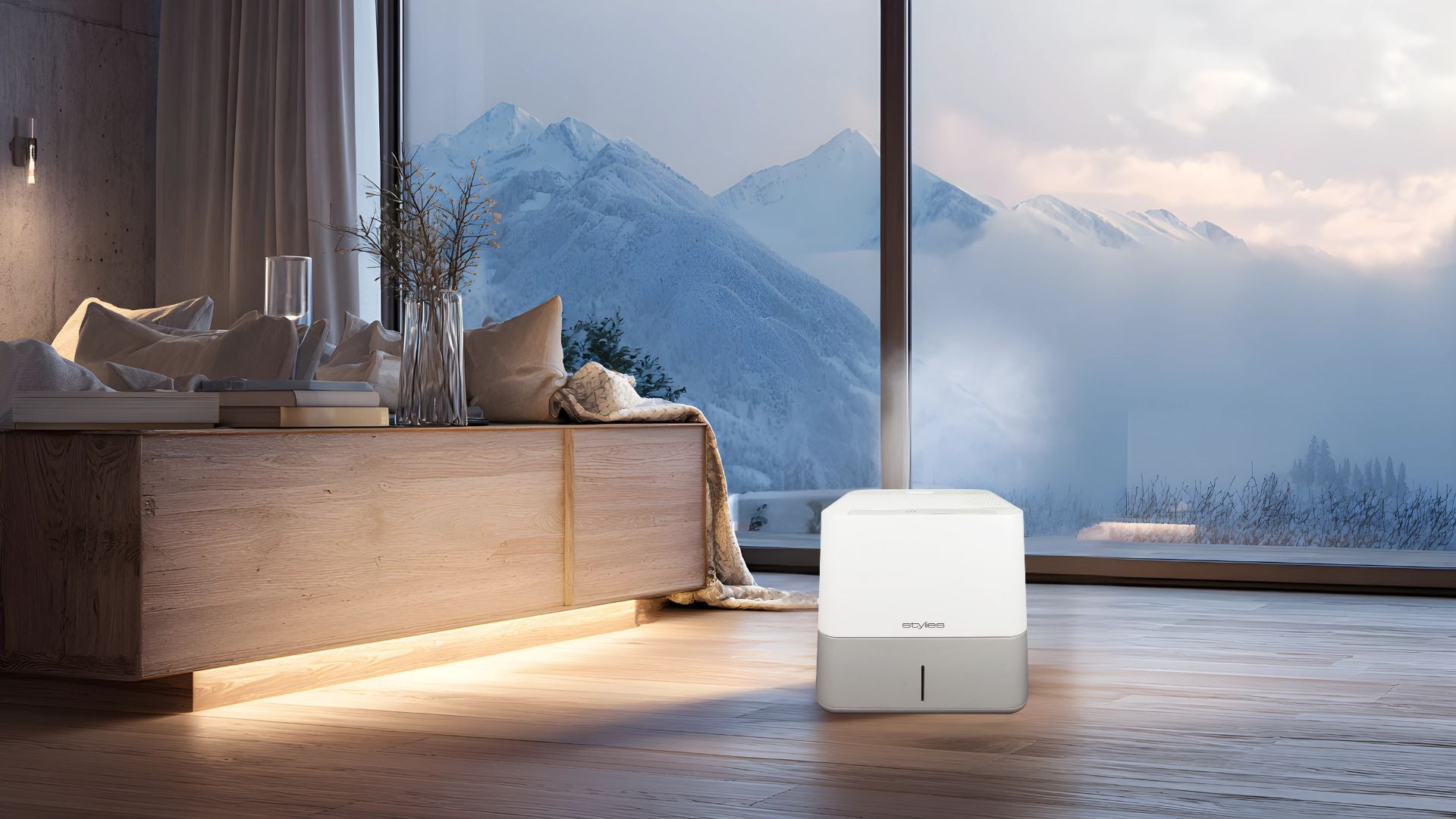Bring your
brand to life.
brand to life.

A room is more than four walls – it's a place of retreat, a source of energy, and a comfort zone. With the right indoor climate, we create the perfect balance of temperature, air quality, and humidity. For those who want to not just live there, but breathe freely.
Various devices are suitable for regulating humidity in living spaces, depending on the specific needs and room conditions:
Humidifiers are ideal for increasing humidity when it's too low. The Stylies LEPUS humidifier, for example, allows you to set the desired humidity level and releases steam to increase it.
For rooms with excessive humidity, dehumidifiers are the best choice. There are several types:
These devices measure humidity and are essential for manually monitoring indoor climate. Digital versions allow for easy and accurate readings.
As an all-in-one solution, weather stations measure not only humidity but also other meteorological variables and are suitable for comprehensive climate monitoring.
When selecting the appropriate device, factors such as room size, typical humidity levels, and specific requirements (e.g., noise levels) should be considered. For optimal results, a combination of different devices and methods is often recommended.
To optimally regulate the humidity in the basement, the following measures should be taken:
The ideal relative humidity in a basement is between 50% and 60%, with a maximum of 65%. To monitor this, we recommend using a hygrometer.
By combining these methods and regular monitoring with a hygrometer, you can effectively regulate the humidity in your basement and prevent mold growth
Humidity has a significant impact on sleep quality, as it affects the indoor climate and respiratory health. The optimal humidity level in the bedroom is between 40% and 60%. Here are the key factors:
By following these recommendations, you can create a healthy indoor climate that promotes restful sleep.